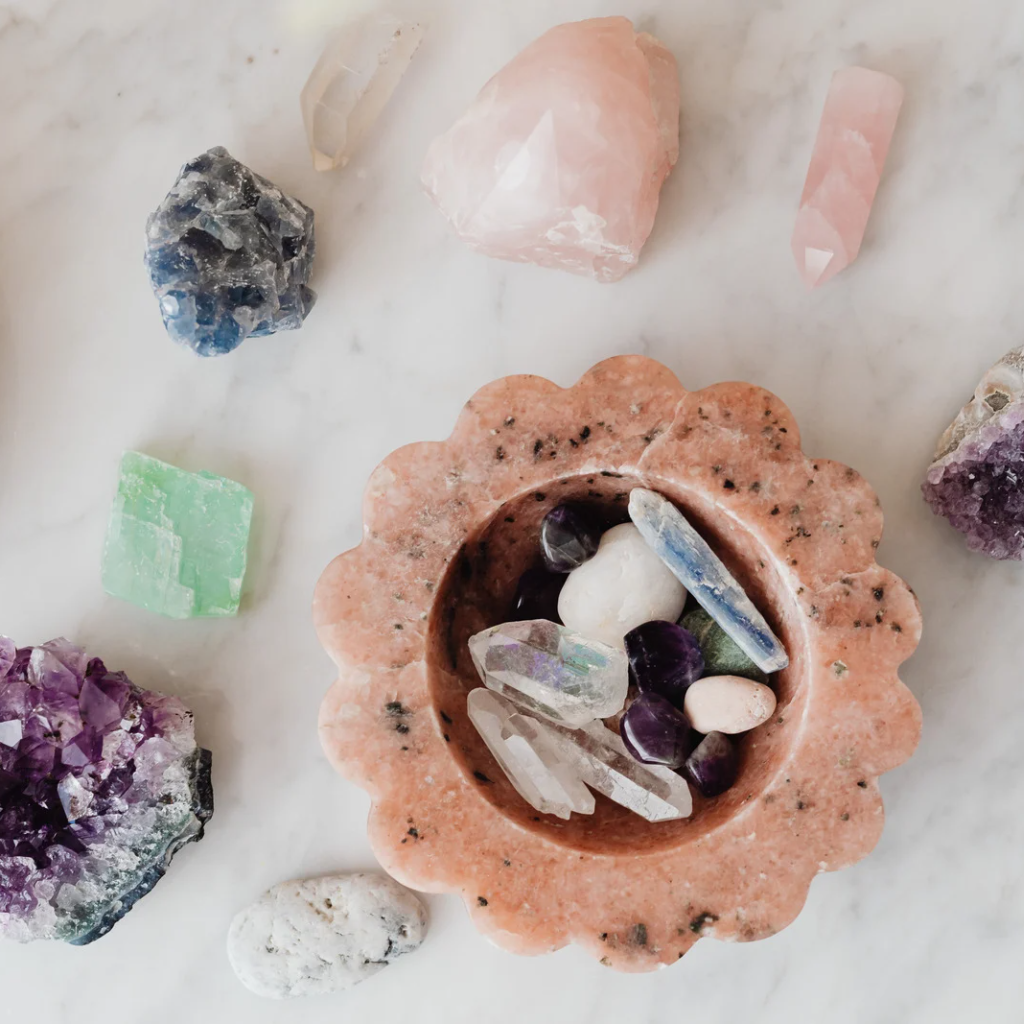Yoga 101: A Beginner's Guide to Starting Your Yoga Journey
 Yoga, an ancient practice with roots in India, has gained immense popularity worldwide for its holistic benefits on physical, mental, and spiritual well-being. If you're a beginner looking to embark on your yoga journey, you've made a fantastic choice. Yoga can help improve flexibility, reduce stress, enhance strength, and promote inner peace. However, starting out can be overwhelming with various styles, poses, and philosophies. In this guide, we'll simplify the process, making it easier for you to begin your yoga practice.
Yoga, an ancient practice with roots in India, has gained immense popularity worldwide for its holistic benefits on physical, mental, and spiritual well-being. If you're a beginner looking to embark on your yoga journey, you've made a fantastic choice. Yoga can help improve flexibility, reduce stress, enhance strength, and promote inner peace. However, starting out can be overwhelming with various styles, poses, and philosophies. In this guide, we'll simplify the process, making it easier for you to begin your yoga practice.
Understanding the Basics
1. Choose Your Yoga Style
When selecting a yoga style, it's essential to consider your goals and preferences:
-
Hatha Yoga: Ideal for beginners, it provides a solid foundation with basic postures and breathing exercises. It's a great choice if you want to build a strong understanding of yoga fundamentals.
-
Vinyasa Yoga: Known for its fluid and dynamic movements, Vinyasa is perfect for those who enjoy a more active practice. It's often referred to as "flow" yoga due to its seamless transition between poses.
-
Ashtanga Yoga: If you're seeking structure and discipline, Ashtanga may be your style. It follows a specific sequence of poses and is physically demanding, making it suitable for those who like a challenging workout.
-
Iyengar Yoga: This style focuses on precise alignment and often uses props like blocks, straps, and blankets to assist in achieving correct postures. It's excellent for individuals who value attention to detail and therapeutic benefits.
-
Bikram Yoga: With a set sequence of 26 poses practiced in a heated room, Bikram Yoga can enhance flexibility and detoxification. Be prepared for a sweaty and intense experience.
-
Yin Yoga: A slower-paced practice where poses are held for an extended time (usually 3-5 minutes), Yin targets deep connective tissues. It's excellent for improving flexibility and mindfulness.
2. Find a Suitable Place to Practice
Creating a dedicated space for your yoga practice is essential. If you prefer a studio, research local options and attend a few classes to see which one resonates with you. If you opt for home practice, designate a quiet, clutter-free area where you can lay your mat.
3. Invest in Basic Yoga Gear
While you can start with minimal gear, investing in quality yoga equipment can enhance your practice:
- Yoga Mat: Look for a mat that provides good cushioning and grip to prevent slipping.
- Comfortable Clothing: Wear breathable, flexible clothing that allows for a full range of motion.
- Water Bottle: Stay hydrated before, during, and after your practice.
- Props: As you progress, consider adding props like blocks, straps, and bolsters to support your practice.
4. Set Realistic Goals
Setting clear and achievable goals can keep you motivated and help you measure your progress. Your goals might include increased flexibility, stress reduction, or mastering a specific pose. Write them down and revisit them periodically to stay on track.

Starting Your Practice
1. Begin with Simple Poses
As a beginner, focus on foundational poses that build strength and flexibility while improving your posture and body awareness:
- Tadasana (Mountain Pose): A fundamental standing pose that promotes alignment and balance.
- Adho Mukha Svanasana (Downward-Facing Dog): A full-body stretch that strengthens the arms, legs, and core.
- Balasana (Child's Pose): A resting pose that provides relaxation and stretches the back and hips.
Mastering these poses will give you a strong base for more advanced postures.
2. Focus on Breath Awareness
Proper breathing is a cornerstone of yoga. Practice Ujjayi breath (a deep, audible breath) to synchronize your movements and keep your mind focused. Concentrating on your breath can help you remain present and reduce stress.
3. Consistency Over Intensity
It's tempting to push yourself to the limit, but remember that yoga is about a sustainable, lifelong practice. Start with short, regular sessions (15-30 minutes) and gradually extend the duration as your body becomes more accustomed to the practice.
4. Listen to Your Body
Always listen to your body during your practice. If a pose causes pain or discomfort beyond a gentle stretch, modify it or skip it entirely. Yoga should promote well-being, not cause harm.
Building a Routine
1. Set a Schedule
Dedicate specific times each week to your yoga practice. A consistent schedule helps establish a habit and ensures you make time for self-care.
2. Explore Online Resources
There are plenty of online platforms, like YouTube and specialized yoga websites, offering free or subscription-based classes for all levels. This flexibility allows you to choose the style and length of your practice based on your needs and schedule.
3. Consider Taking a Class
Attending a yoga class with a qualified instructor can provide invaluable guidance. Instructors can correct your form, answer questions, and create a sense of community among fellow practitioners.
4. Track Your Progress
Maintaining a yoga journal can be motivating and enlightening. Record your daily or weekly practice, jot down how you feel before and after each session, and note any insights or breakthroughs you experience.

Embracing the Yoga Lifestyle
1. Mindfulness Beyond the Mat
Yoga is more than physical postures; it's a way of life. Incorporate mindfulness and yogic principles into your daily activities. Practice gratitude, kindness, and self-awareness in all aspects of your life.
2. Healthy Diet and Hydration
Pay attention to your diet and stay hydrated to support your practice and overall well-being. Opt for nourishing foods and maintain a balanced diet that complements your yoga journey.
3. Rest and Recovery
Rest is crucial for your body's recovery and growth. Allow yourself time to rest and recharge, whether through meditation, gentle stretching, or simply enjoying downtime.
4. Seek Guidance
If you're dedicated to deepening your practice, consider seeking guidance from an experienced yoga teacher or guru. They can offer personalized advice and help you explore the spiritual aspects of yoga.
Remember that yoga is a personal journey, and there's no rush to progress. Stay patient, be open to learning, and enjoy the transformative benefits that yoga brings to your body and mind. Your practice will evolve over time, and you'll discover its profound impact on your life. Enjoy every step of your yoga journey!


Leave a comment